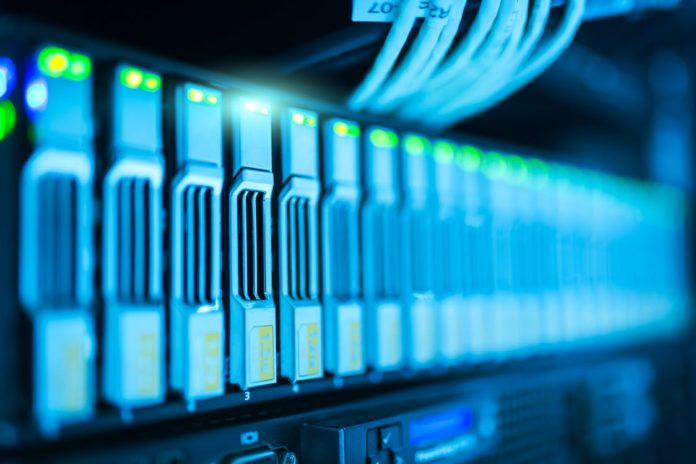Once the basis of storylines for science fiction movies, Artificial Intelligence (AI) now has useful applications that are transforming the way businesses are conducted. Developers are examining ways to merge AI with everyday devices to help companies run businesses.
In this scenario, cloud computing plays a significant role in making the best decisions possible. A cloud-based platform enables developers to rapidly build, deploy and manage their applications, such as serving as a data platform for applications, build an app to scale and support millions of users and interactions, and more. It can store large amounts of data and perform analytics, create powerful visualizations, and more.
Then there is edge computing, which means that applications, services, and analytical processing of data is done outside of a centralised data centre and closer to end-users. Edge computing closely aligns the Internet of Things. It is a step back from the trendy cloud model of computing where all the exciting bits happen in data centres. Instead of using local resources to collect data and send it to the cloud, part of the processing takes place on the local resources themselves.
Latency Problems In Cloud Vs Edge
We all know the value of cloud computing for data analytics, and how extensively it is used across companies. On the other hand, sometimes businesses can run into the problem of having to collect transport and analyse all that data.
Let’s say you’ve got some internet-connected sensors in your warehouse, and these are sending lots of data back to some servers. When the data is transmitted to the remote cloud server, you can perform complex machine learning algorithms to try and predict maintenance needs for the warehouse. All these meaningful analytics are then sent to a dashboard on your personal computer where you can determine which actions to take next, all from the comfort of your office or home.
This is the power of cloud computing; however, as you begin to scale up operations at the warehouse, you might start to run into physical limitations in your network bandwidth, and latency issues.
Instead of transmitting your data across the country when you upload to the cloud, you can also do data processing at the edge, like a smart camera with facial recognition where sending tons of data to an Amazon data centre might not be so convenient.
Edge computing attempts to bridge the gap by having that server more local, sometimes even on the device itself. This solves the latency problem at the cost of the sheer processing power you get via the cloud. Also, with collection and data processing ability now available on edge, businesses can significantly decrease the volumes of data which has to upload and stored in the cloud, saving time and funds in the process.
While edge applications do not require communication with the cloud, they may still communicate with servers and web-based applications. Many of the typical edge devices have physical sensors such as temperature, lights, speakers, and running data processing capability closer to these sensors in the physical environment. It is this capability of edge computing that is transformational and used for running smart AI algorithms and real-time data processing on autonomous driving, drones and smart devices.
Edge computing may not be as powerful as the remote servers, but they can help alleviate some of the bandwidth requirements. These edge servers can collect organise and do some basic analysis of your data before shipping it off to the remote server.
The Cloud Trend For Data Processing Will Continue Except In Special Edge Cases
It gets even more interesting when we start running machine learning algorithms on the edge devices assuming that the processing power would allow us to do some basic data analysis and curation before sending it off to our servers. If you’re looking for a more familiar example of edge, you can check out your nearest smart speaker which has a pre-programmed model that listens for a wake word or phrase. Once it hears that word, it then begins streaming your voice to a server across the internet where the whole request is processed remotely.
In cloud platforms such as Amazon Web Services (AWS), Microsoft Azure, Google Cloud Platform and other cloud service providers, most data from connected devices in the IoT network is accumulated and sent to the cloud for processing and analytics. The computing and storage capability power in the cloud’s data centre is where data is aggregated, and AI-enabled models are built to make valuable decisions.
While this approach has sustained to be strong, the quantity of time it needs to perform the transfer of data to and from the cloud presents latency problems that can hit real-time decision-making processes needed for many autonomous systems. The farther away from a cloud data centre is geographically found, more latency is added. For each 100 miles data travels, it loses speed of about 0.82 milliseconds. Cloud computing is agile but cannot support the increasing requirements of large workloads that IoT applications for industries such as healthcare, manufacturing and transport demand.
As the amount and practicality of AI-enabled IoT solutions continue to rise, cloud computing will prevail as an essential part of the IoT ecosystem for intricate and historical data processing. Nevertheless, to power real-time decision making, edge computing is a better and more agile way for many applications that presents computing and analytics abilities to end devices.



















